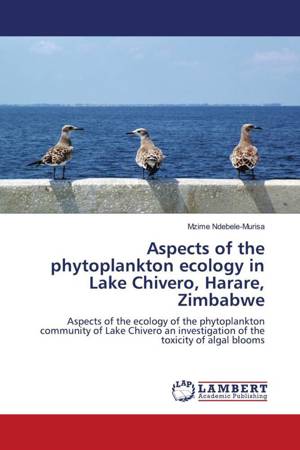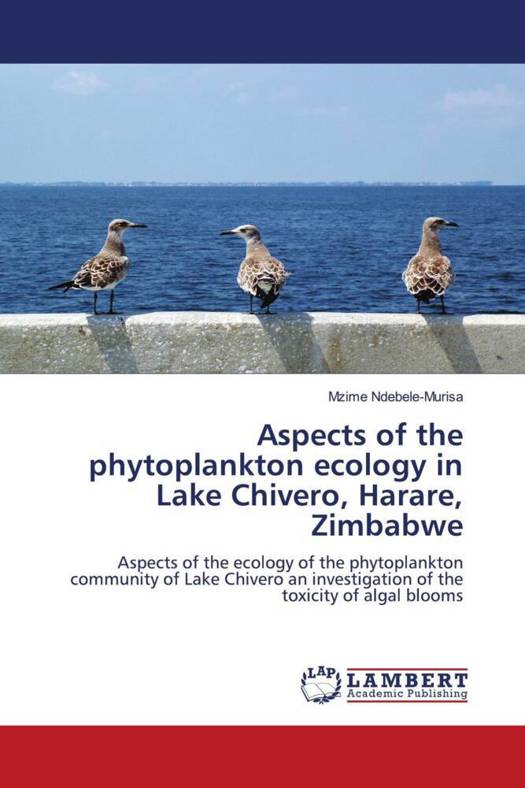
Je cadeautjes zeker op tijd in huis hebben voor de feestdagen? Kom langs in onze winkels en vind het perfecte geschenk!
- Afhalen na 1 uur in een winkel met voorraad
- Gratis thuislevering in België vanaf € 30
- Ruim aanbod met 7 miljoen producten
Je cadeautjes zeker op tijd in huis hebben voor de feestdagen? Kom langs in onze winkels en vind het perfecte geschenk!
- Afhalen na 1 uur in een winkel met voorraad
- Gratis thuislevering in België vanaf € 30
- Ruim aanbod met 7 miljoen producten
Zoeken
Aspects of the phytoplankton ecology in Lake Chivero, Harare, Zimbabwe
Aspects of the ecology of the phytoplankton community of Lake Chivero an investigation of the toxicity of algal blooms
Mzime Ndebele-Murisa
Paperback | Engels
€ 65,45
+ 130 punten
Omschrijving
Lake Chivero was built in 1952 to supply drinking water to the city of Harare and became eutrophic due to discharges of sewage effluent. Algal blooms have become a major problem whilst cases of gastroenteritis and liver cancer have increased dramatically over the last decades. To evaluate the potential health threat, the phytoplankton community in the reservoir was investigated. Inorganic nutrient (2.4-3.0 mg P l-1 and 1.4-3.2 mg N l -1) and conductivity (1433-368 mS cm-1) as well as phytoplankton biomass concentrations (0.8-7.6 mgl-1) were very high. Primary production had increased significantly since 1979, suggesting that the eutrophication problem has increased. Microcystis dominated the phytoplankton community with a low biodiversity (0.92 bits ind.-1). Strains of Microcystis from the reservoir were tested for toxicity and contained high concentrations of microcystin indicating a highly serious health threat. Moreover, the same algal blooms may explain the occurrence of fish kills in the lake that was observed in 1996. A reduction of nutrient inputs in the reservoir is urgently required to prevent the occurrence of toxic algal blooms in the future.
Specificaties
Betrokkenen
- Auteur(s):
- Uitgeverij:
Inhoud
- Aantal bladzijden:
- 88
- Taal:
- Engels
Eigenschappen
- Productcode (EAN):
- 9783844300833
- Verschijningsdatum:
- 23/01/2011
- Uitvoering:
- Paperback
- Afmetingen:
- 150 mm x 220 mm
- Gewicht:
- 141 g

Alleen bij Standaard Boekhandel
+ 130 punten op je klantenkaart van Standaard Boekhandel
Beoordelingen
We publiceren alleen reviews die voldoen aan de voorwaarden voor reviews. Bekijk onze voorwaarden voor reviews.









